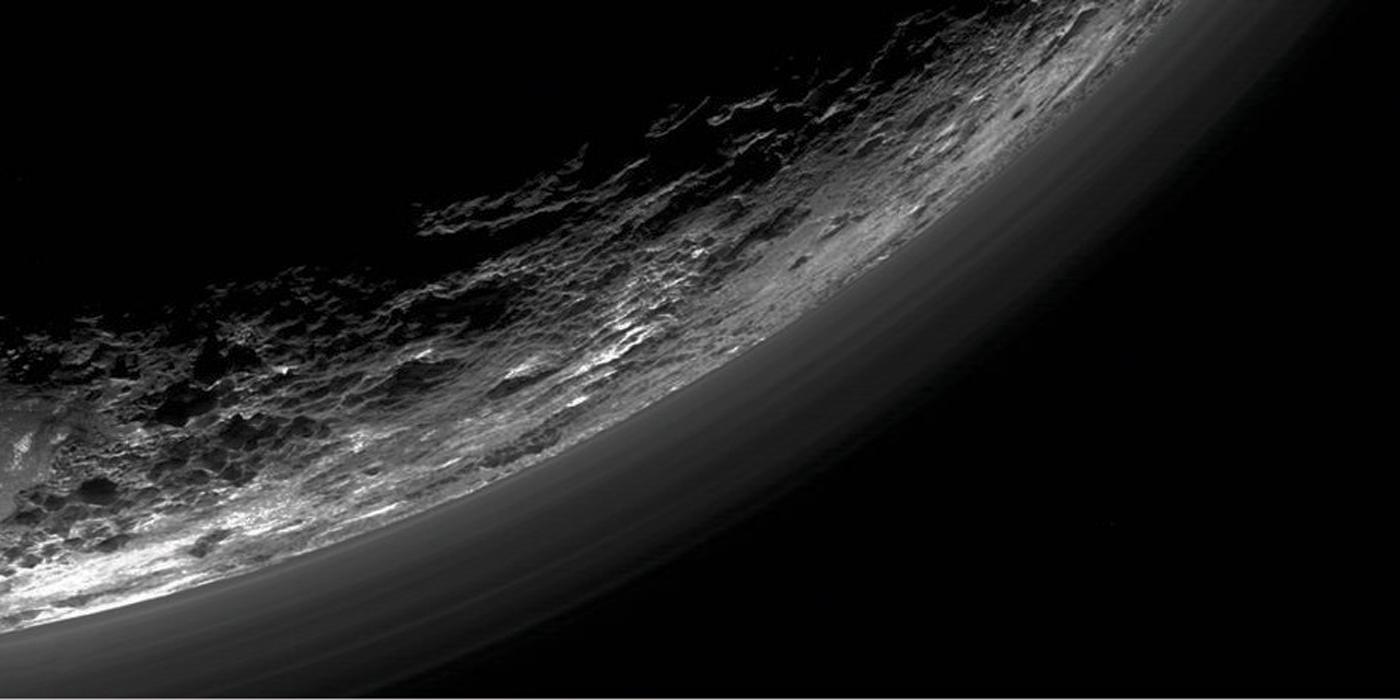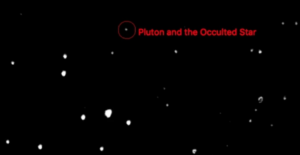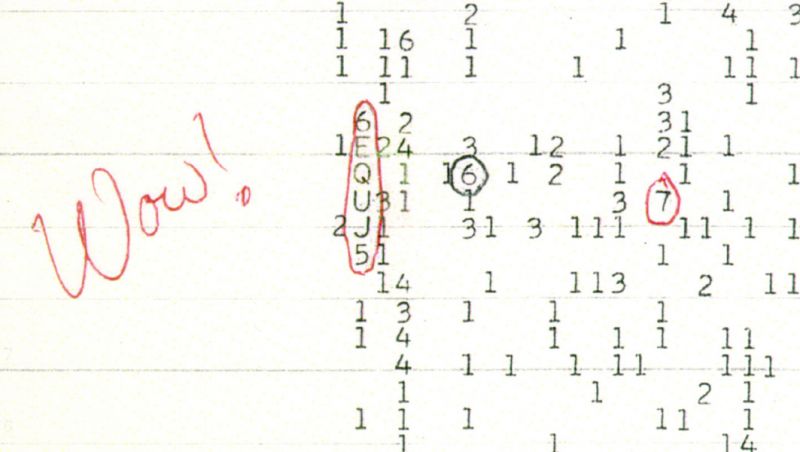Unistellar announces that its digital compact telescope successfully detected Pluto’s recent occultation of a faint star.

Marseille and San Francisco, August 24th. Because Pluto is moving away from Earth, it is crucial that we take advantage of every opportunity we get to learn about the dwarf planet’s behavior and atmosphere. Unistellar, the start-up that developed the revolutionary light-amplified eVscope, is proud to announce that its digital compact telescope successfully detected and measured Pluto’s recent occultation of a faint star—and thereby opened the door to citizen astronomers observing and gathering crucial data about such events.
On August 14th, a large number of amateur and professional astronomers located across Mexico, USA, and Canada took advantage of a rare and exciting opportunity to observe a blinking star while Pluto occulted it. In Southern California, the SETI Institute, the Observatoire de Paris, Unistellar, and Oceanside Photo and Telescope (OPT) collaborated to observe this event and gather precious data needed to understand Pluto’s atmosphere and climate.
“As Pluto drifts away, these kinds of events will become ever rarer, especially ones involving such a bright star,” said Franck Marchis, senior scientist at the SETI Institute and Chief Scientific Officer at Unistellar. “That’s one reason why this event was so important. But, as an extra kicker, the last occultation, which happened in 2016, suggested that Pluto’s atmosphere might be shrinking. This occultation was a unique opportunity to gather the data we need to predict the evolution of Pluto’s atmosphere and its long-term climate.”

Witnessing the tiny blinks of a star is challenging under any circumstances, and until the last minute the group of astronomers gathered under the dark night skies at Lake Henshaw, 110 km northeast of San Diego, worried that they would miss the event. But when Unistellar’s team processed the data gathered by the eVscope, they confirmed that the occultation had indeed been captured. And, because of the gradual disappearance and reappearance of the star, Unistellar also realized that its preliminary light curve even showed the presence of an atmosphere. We had, in short, successfully observed Pluto occulting a star!
“This brings us a giant step closer to Unistellar’s goal of creating the first global network of digital-astronomy observers,” explained Laurent Marfisi, Unistellar’s CEO. “We had already showed that amateur astronomers can detect and measure a star’s occultation by an asteroid, a capability that allows us to assess its shape and size; being able to detect the atmosphere of a dwarf planet is a dramatic improvement. What happened in San Diego shows the incredible potential of the eVscope and how amateur astronomers can use it to enjoy the pure sense of wonder that comes with deep space observations while they contribute to astronomical science.”
Unistellar is currently being represented by Franck Marchis at the triennial International Astronomical Union’s General Assembly, the world’s largest gathering of professional astronomers. At this year’s event, the eVscope was presented to the global scientific community, received very positive comments, and generated many ideas about how professional and amateur astronomers can benefit from the power of citizen astronomy.
A more detailed story of the Pluto occultation, “How Is the Weather on Pluto: The Story of an Occultation,” can be found on Unistellar’s blog.
For an audio coverage of the occultation, listen to the latest issue of Planetary Society’s Planetary Radio Show, hosted by Mat Kaplan, who interviewed Franck Marchis during the occultation.
This article was originally published on unistellaroptics.com





